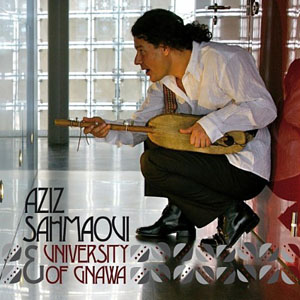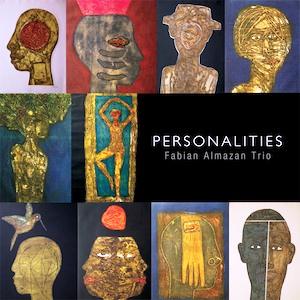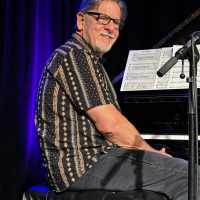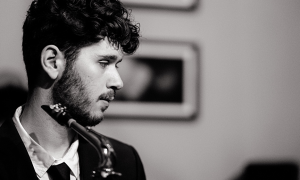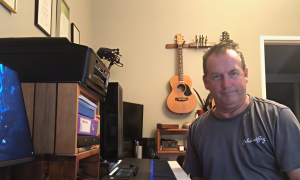Home » Jazz Articles » Take Five With... » Take Five With Craig Akin
Take Five With Craig Akin
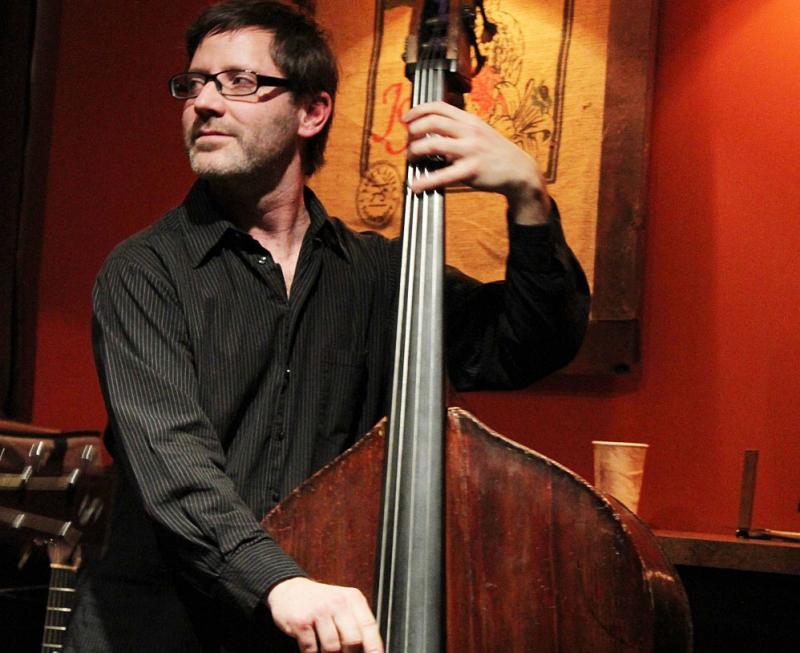
Craig Akin is an in-demand upright and electric bassist living in New York City. Between 1997 and 2007, he averaged 270 gigs a year in his musical hometown of Kansas City. There he developed his rhythm and tone while playing or recording with nearly everyone on the jazz and blues scene. Craig has also performed with emerging pop and indie songwriters as well as legendary jazz artists including Tim Hagans, Pete Christlieb, Frank Mantooth, John McNeil, Dick Oatts, Karrin Allyson, Gary Foster, Bobby Watson, Dave Pietro, Claude Williams and Ken Peplowski, among others.
To continue his growth as a musician, Craig moved to New York in 2007. He honed his skills even further with the help of Jay Anderson, Scott Colley, and Larry Grenadier. Craig was thrilled to be able to study with legendary Miles Davis bassist Ron Carter, for two years.
"Ron demanded high standards and accepted nothing less than perfection. With his experience and amazing ears I felt like I was under a giant microscope. Just being in his presence was inspiring. I walked away every time feeling recharged," says Craig, talking about studying with Ron Carter.
From jazz to pop, and folk to rock, Craig is comfortable and creative, and can deliver the goods like any veteran on his instrument. He has performed well over 3,000 gigs and has now added home recording to his arsenal.
Instrument(s):
Upright and electric bass.
Teachers and/or influences?
Ray Brown, Charlie Haden, Scott LaFaro, Ron Carter, Larry Grenadier, Scott Colley, Christian McBride, Dave Holland, Anders Jormin, Chris Wood, Paul McCartney, James Jamerson, Pino Palladino, Jaco Pastorius and Rocco.
I knew I wanted to be a musician when...
When my first piano lesson ended after 30 minutes I was bummed. From then on I demanded hour lessons.
Your sound and approach to music:
If it doesn't groove nothing else matters. I have spent a great deal of time on rhythm and tone. I like my notes to be felt as well as heard, meaning plenty of bottom but with a clear attack.
Your dream band:
I gravitate towards nice, down to earth people that are all about the band, groove, and vibe. Not individuals seeking the spotlight or looking to be the next superstar. I like mature musicians, group players that have great time and feel.
Road story: Your best or worst experience:
Worst gig was a background jazz trio with vocalist. It was for a party of culturally challenged, middle aged yuppies in a wealthy part of Kansas. We felt out of place upon arrival. They wanted southern rock, party music and we were doing jazz standards. They yelled at us, vibed us, talked behind our backs, then demanded we stop playing. We proceeded to partake in the food and drink, awkwardly as it was. I didn't care and was determined to have a good time. So they kicked us out, almost literally chased us away. We did not get paid, so I paid the other two out of pocket. But I did get away with a big bowl of M&M's. That part was funny to us.
Favorite venue:
Benton's Steakhouse, Kansas City. It had all the amenities—valet parking, steak dinner, great band, great piano, intimate jazz, fun friendly staff, open bar, good pay, and two nights a week for three years.
Your favorite recording in your discography and why?
Red Molly, Light in the Sky. Awesome band, great vocals and harmonies, great songs. It's got the whole package. And they sell CDs like hot cakes.
The first Jazz album I bought was:
Chick Corea, EleKtric Band.
What do you think is the most important thing you are contributing musically?
Solid, reliable, dependable bass playing, upright and electric. I can sight-read well, learn songs quickly, and am on call. I strive for great tone and rhythm in every single note.
Did you know...
Trumpet was my principal instrument from age 12-20. Plus jazz guitar in high school. Bass entered the picture after all that.
CDs you are listening to now:
I listen to music and songs that I have to learn, either for performing or recording. Plus I'm addicted to Pandora radio.
How would you describe the state of jazz today?
Like always, constantly evolving. So for that reason I suppose it's healthy. Does seem like there's more supply than demand, keeping the scale low. All the jazz schools and universities pump out countless players every semester making it feel like a competition to make a living.
What are some of the essential requirements to keep jazz alive and growing?
Connecting with average listeners, non-musicians. Jazz musicians need to consider the average person does not know anything about music, therefore they have to feel it, which can be difficult when the music is complex, dense, introspective. Plus as musicians, we are entertainers. We need to engage the audience, become one with them, not ignore. And be professional and confident so they feel we at least believe in ourselves.
What is in the near future?
Recording with various bands, songwriters. Trip to Korea and Taiwan for some jazz gigs with my friend Shawn Pickler. Recording solo bass video of my arrangement on the theme to Sanford and Son.
By Day:
Learning music for bands I'm in. Networking and scheduling take a lot of time. Tweaking my website, increasing my internet presence.
If I weren't a jazz musician, I would be a:
ski bum in Colorado.
Photo Credit
DeAnna Bublitz, Courtesy of Craig Akin
Tags
Craig Akin
Take Five With...
United States
Tim Hagans
Pete Christlieb
Frank Mantooth
John McNeil
Dick Oatts
Karrin Allyson
Gary Foster
Bobby Watson
Dave Pietro
Claude Williams
Ken Peplowski
Jay Anderson
Scott Colley
Larry Grenadier
Miles Davis
Ron Carter
Ray Brown
Charlie Haden
Scott LaFaro
Christian McBride
Dave Holland
Anders Jormin
Jaco Pastorius
Chick Corea
PREVIOUS / NEXT
Craig Akin Concerts
Support All About Jazz
 All About Jazz has been a pillar of jazz since 1995, championing it as an art form and, more importantly, supporting the musicians who make it. Our enduring commitment has made "AAJ" one of the most culturally important websites of its kind, read by hundreds of thousands of fans, musicians and industry figures every month.
All About Jazz has been a pillar of jazz since 1995, championing it as an art form and, more importantly, supporting the musicians who make it. Our enduring commitment has made "AAJ" one of the most culturally important websites of its kind, read by hundreds of thousands of fans, musicians and industry figures every month.



